01 January 2025. Today there are a lot of interesting updates from the Kursk direction in Russia.
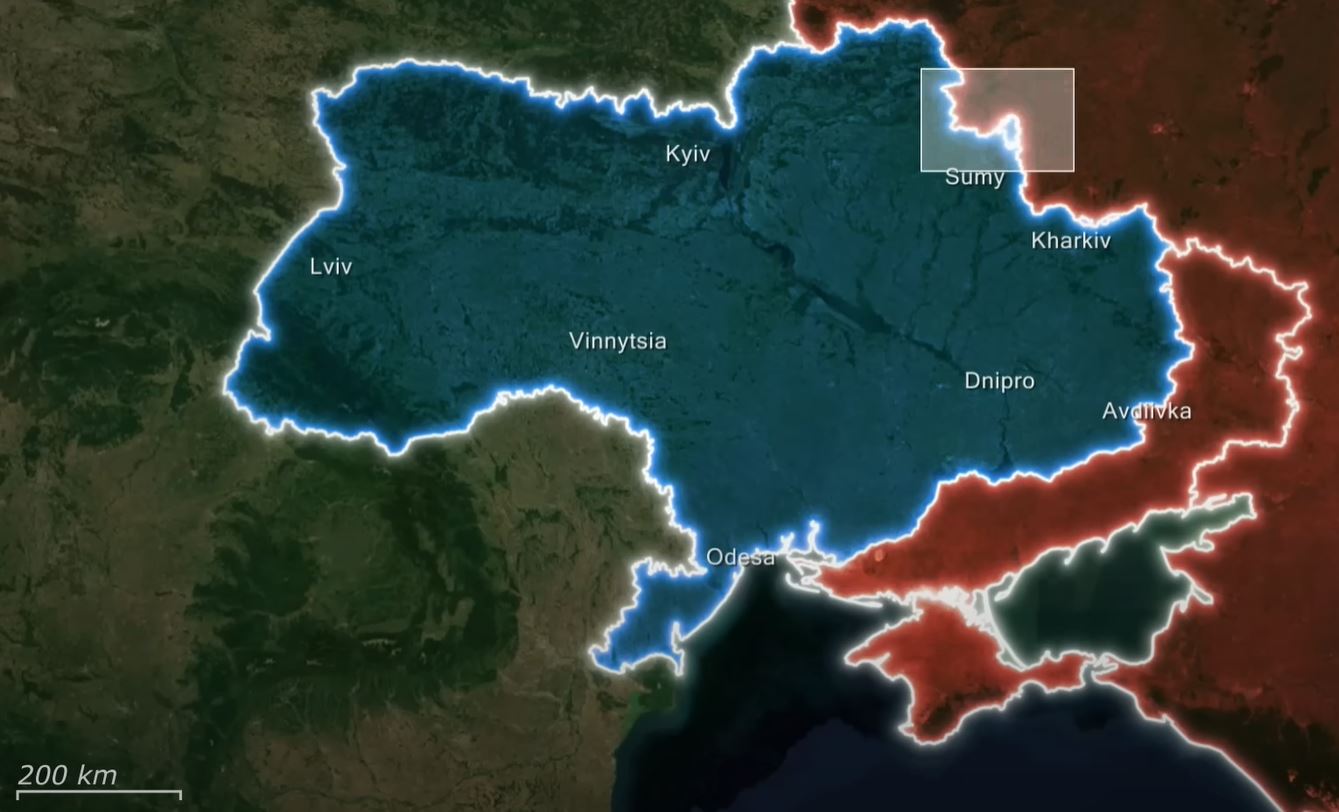
Here, North Korean forces attempted a risky advance through a narrow forest corridor, hoping to outmaneuver Ukrainian defenses and launch an assault on Kruglenke. Instead, they found themselves trapped in a deadly funnel, as Ukrainian fighters unleashed automatic grenade launchers and drone strikes, annihilating the tightly packed assault force before they could even reach their objective.
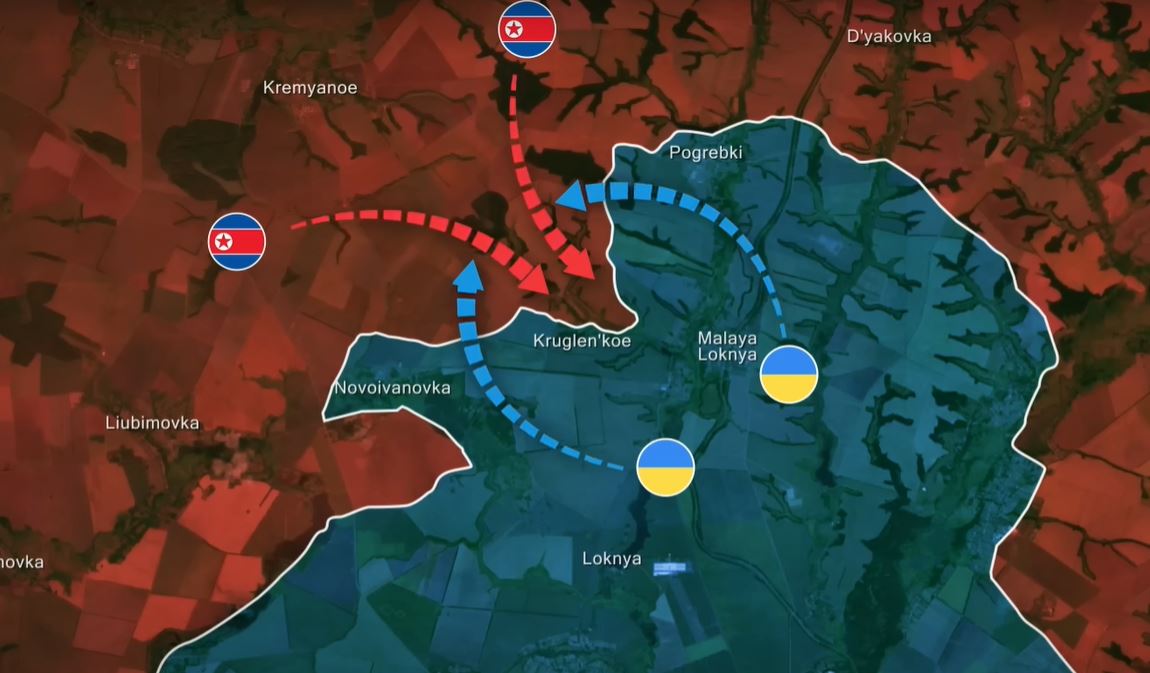
Despite a lack of tactical gains, North Korean forces persist with their attacks in the direction of Kruglenkoe, hoping to gain at least some small foothold, because all assaults in other parts of northern Kursk Salient failed disastrously.
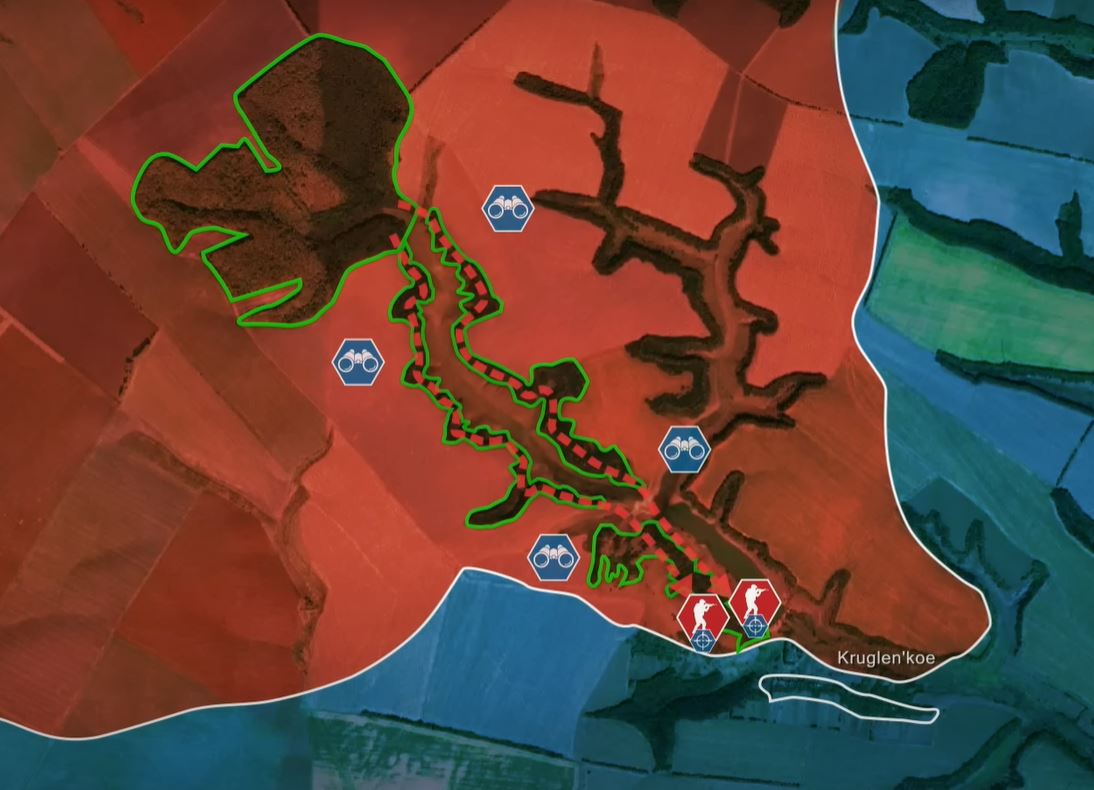
Kruglenkoe remains the only remaining vector of attack where the North Koreans must advance to prevent the counteroffensive effort from being a total failure.
North Korean commanders recognized that the lack of effective cover left their soldiers highly vulnerable to Ukrainian reconnaissance and precision fire. This necessitated establishing a foothold in Kruglenkoe, as the village offered approximately fifty houses with basements that could provide significantly better concealment from Ukrainian shelling and drone strikes.
To achieve this, the North Koreans started amassing their forces in the forest north of Kruglenke, and despite suffering heavy losses in an attempt to cross the fields, as described in the previous report, some survivors managed to reinforce the positions after many waves of attacks. From there, they plan to advance southward, using the cover of two narrower forests closer to the village. By positioning their troops at the southernmost edge of the forest, they would reduce the distance to Kruglenkoe to just 200 meters, enabling a rapid assault on the village.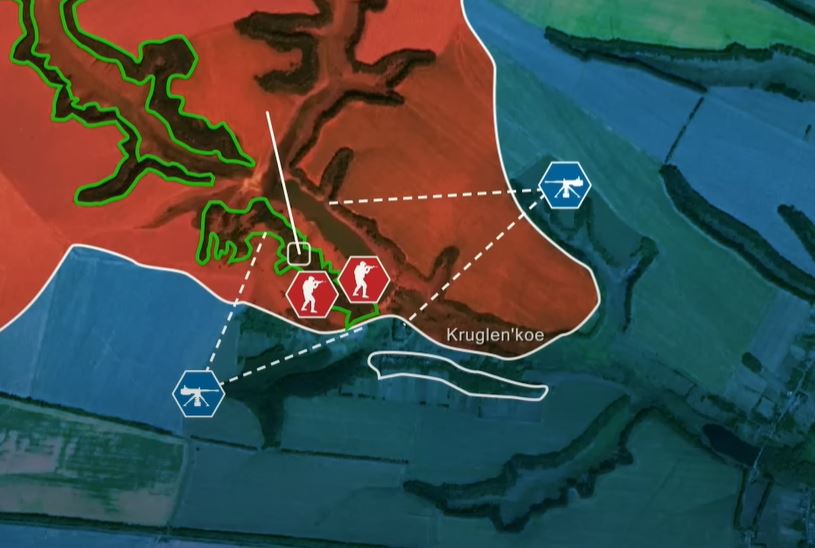
From the large forest, the path narrows as it stretches through southern forests, connecting to their primary positions in the north. This four-kilometer-long, 100-meter-wide corridor takes the North Koreans at least an hour to traverse on foot. Predictable and previously targeted by Ukrainian forces, this path slows the large assault group, giving the Ukrainians ample time to detect their movements. As the forest becomes narrower, the assault group is forced into tight formations, making them an ideal target. With insufficient training and little awareness of advanced drone reconnaissance, the North Koreans continue down this path and regroup at the forest's southern edge before launching their assault across the open fields toward Kruglenke.
With minimal cover in the narrow forests, North Korean soldiers were highly exposed to concentrated fire, unable to maneuver effectively or establish proper firing positions. Ukrainian fighters in Kruglenkoe capitalized on this vulnerability by employing British-supplied Mark 17 automatic grenade launchers, delivering precise and devastating fire on North Korean positions across the fields.
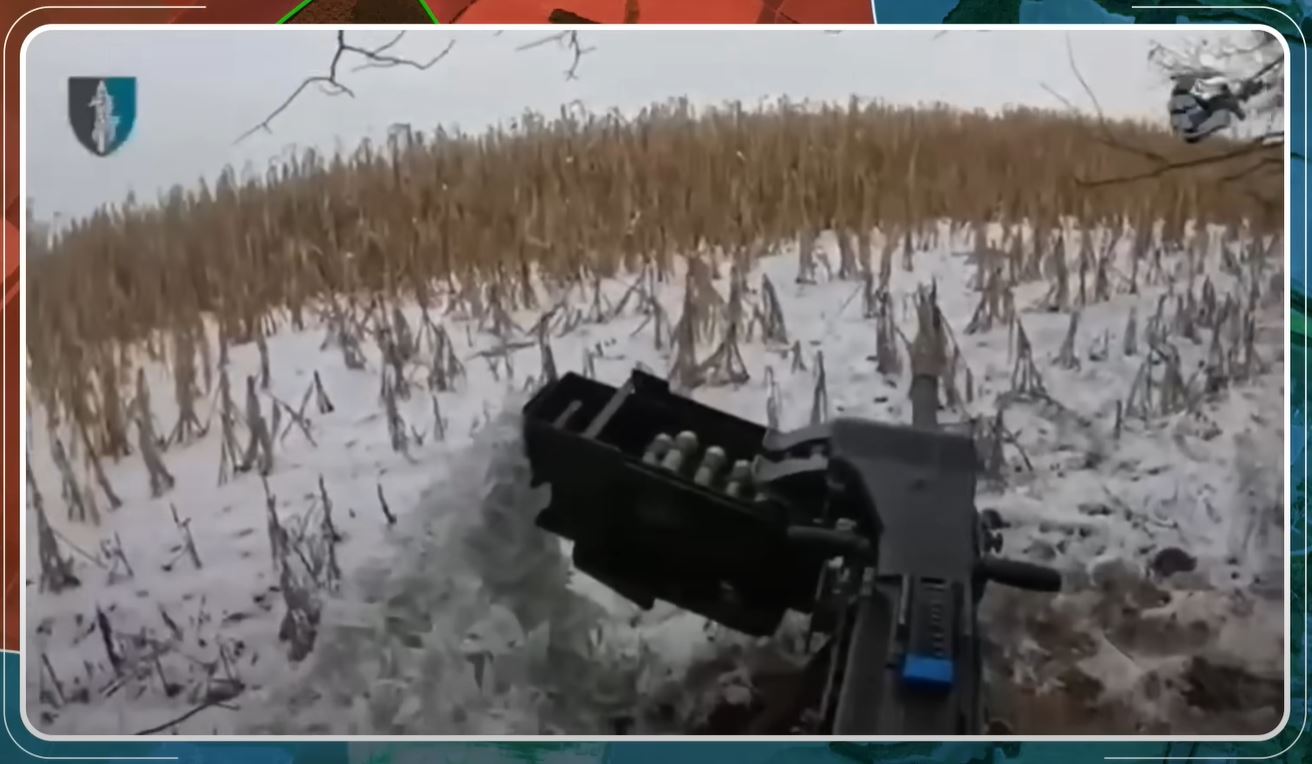
The combination of a high rate of fire and high-explosive rounds caused severe casualties among the densely packed troops in the confined forest. Compounding their plight, Ukrainians deployed hexacopters equipped with multiple thermobaric grenades. These drones, capable of carrying more munitions than standard models, relentlessly bombarded the North Koreans, eliminating dozens of soldiers in a single sortie.
Trending Now
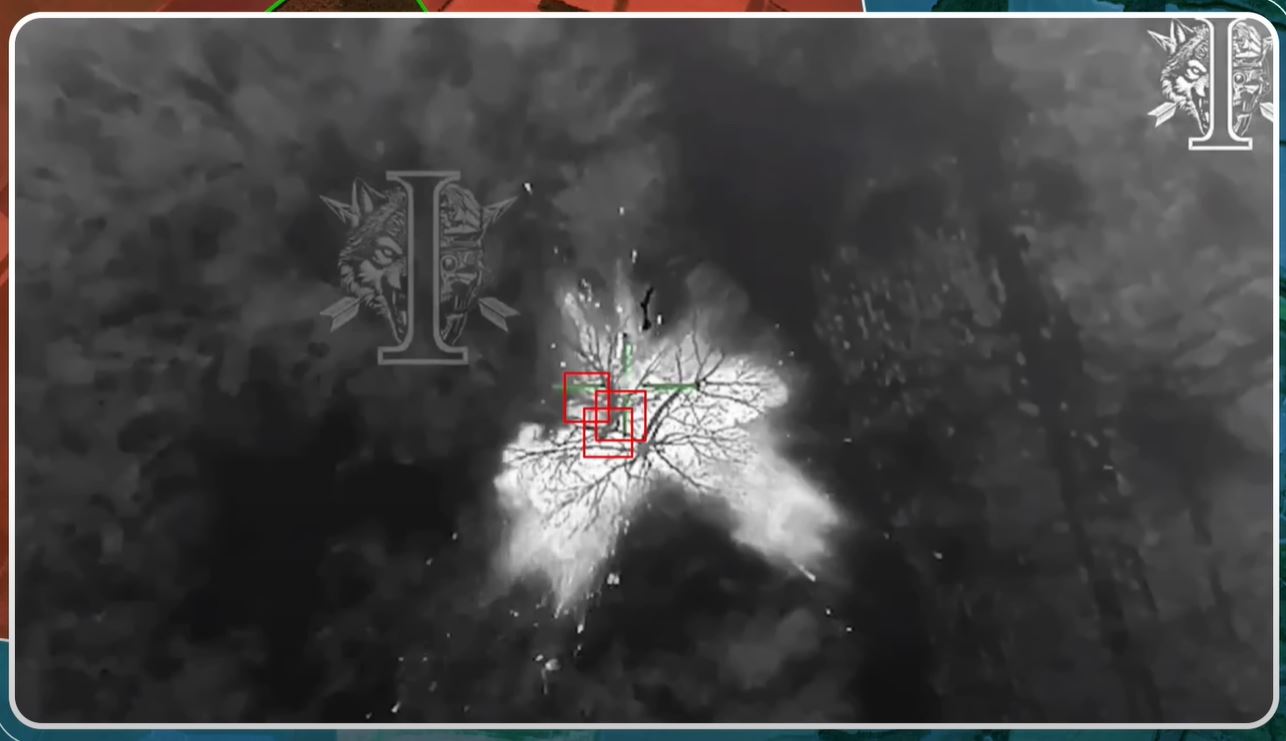
The result of the Ukrainian campaign of precision strikes was disastrous for the North Koreans, as only a handful of them survived, with all survivors being left wounded among dozens of other fighters that were killed. The wounded survivors eventually were limping back to the rear positions, surrounded by the corpses of their fallen comrades.
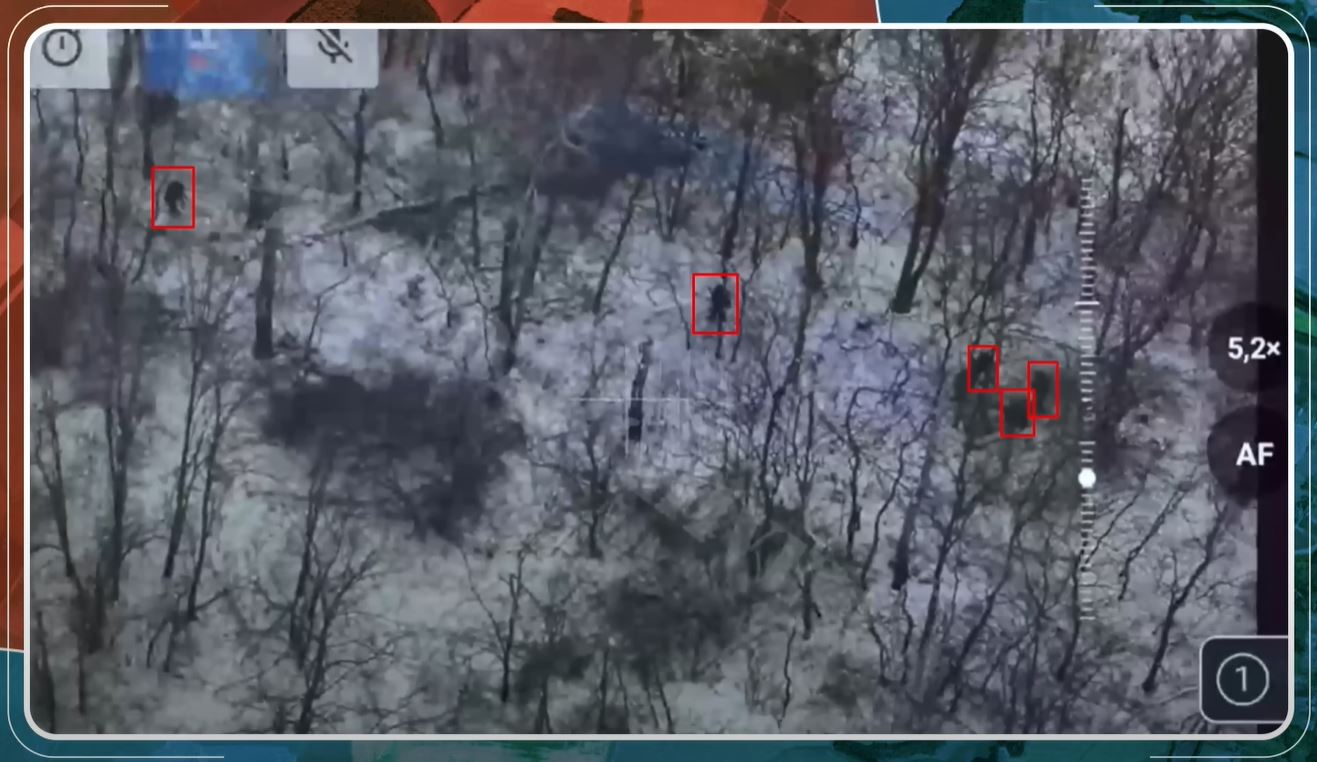
Overall, the North Koreans launched a brutal attack through the narrow space of the forests, where they had to bunch up their stormtroopers, which allowed the Ukrainians to easily target them with concentrated drone strikes and automatic grenade launcher fire. Ukrainian fighters in the area report that precision bombing of North Korean soldiers is simpler and less challenging than even targets during their training. Artillerymen and drone operators know exactly which part of the forests they should strike to maximize North Korean losses, and undermine their offensive completely.
In our regular frontline report, we pair up with the military blogger Reporting from Ukraine to keep you informed about what is happening on the battlefield in the Russo-Ukrainian war.
Related:
- Frontline report: Two Ukrainian HIMARS strikes cripple Russian reinforcements rushed to Kursk front
- Frontline report: North Korean “human bait” tactic fails catastrophically in Kursk offensive
- Frontline report: Ukrainian defenders crush Russian BTR advance, thwart strategic road capture in Kursk
- Mykolaiv Oblast downs 9 of 10 explosive drones in Russia’s unusually small-scale attack
- North Korean troops fighting against Ukraine opt for suicide over surrender in fear of family reprisals
- Frontline report: Russians burn North Korean soldiers’ faces near Kursk to take credit for their advances
- US officials: Ukraine may lose Kursk foothold by spring, as Russian and North Korean forces multiply
